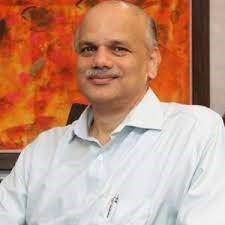This is ISRO third mission to explore moon. In our first attempt in 2008, we had satellite orbiting across moon and we had dropped a probe to have Indian flag on surface of moon. In second attempt in 2019, we had satellite and also lander rower to conduct scientific experiments and search for water. In this third attempt which is planned to land on the surface of moon on 23rd August 2023 ie approximately one month from putting it in orbit, you can imagine efforts and amount of planning and mathematical calculations which are done to get the shortest path.
We are the sixth nation to have launcher that is capable of launching space craft or payloads in moon’s orbit and fourth nation to land on Moon after America, Russia and China. These are very powerful rockets carrying payloads up to 4 T. These rockets use solid and liquid propulsion systems or engines and develop thrust up to 200T.

As you know earth is rotating and so also moon is orbiting and both have different speeds that means moon is not geo-stationary and orbit is not circular but elliptical. This makes it more complex to decide the shortest path to save on fuel. ISRO uses slingshot technology that means Yaan will be orbited across earth to gain sufficient speed or momentum and then suddenly released to go out of earth gravitational force due to centrifugal force.
This has to be done at precise angle and velocity so that predetermined and best trajectory is achieved and then most of the journey will be without using any fuel. Launch of Yaan happens in elliptical orbit of roughly 175Kms X 30,000 kms and the entire launch sequence is divided in to 3-4 stages.
In addition to these main stages in the first stage we need to use boosters for additional power to overcome inertia and gravitational force. Once you get straight lift-off and start gaining velocity, you need to choose right direction and for these steering of rocket is also important. On board controls with very powerful computers and software’s with various interlocks provides safe journey and corrections if any in the pre-determined trajectory. Roughly 30 min before the launch complete sequence is fed to the rocket Brain and it takes over in auto mode.

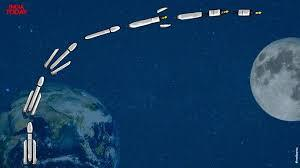
Used boosters and stages once they perform the task or burn the fuel and give momentum are then dead weight of the rocket and hence with a very special mechanism are ejected out. This ejection is also controlled by on board computers and ejection happens in a different direction or with an inclination from main trajectory so both cannot collide. Payload while being moved out of earths dense atmosphere up to 20 kms requires special protection that is called as a fairing is also ejected out to reduce weight. All these are necessary for gaining speed, as we go higher and higher from earth surface velocity becomes important as when we are going to eject payload or in this case Yaan we need to have minimum of 10kms/ sec. Please note 10 kms per second and not hour or minute.
Accordingly stages are designed and last stage is always Cryogenic which uses liquid Hydrogen and Oxygen which are stored at cryogenic temps of -265 and -240Deg C. This combination of hydrogen as fuel and Oxygen as oxidiser gives the best combination of thrust and time to burn. This is called as a specific impulse. Booster stages and earth storable liquid engines which use hydrazine based fuel and nitrous oxide as oxidiser have life of about 120-150 sec and develop thrust up to 200T after which fuel gets consumed.
Solid boosters are like our fire crackers and liquid engines are like any other engine but with large exhaust cones from which high temp gas at very high pressure is ejected to develop thrust. These engines have lot of moving/ rotating parts and requires good amount of precision.


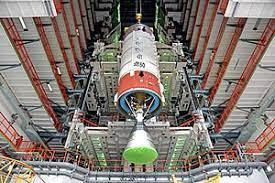

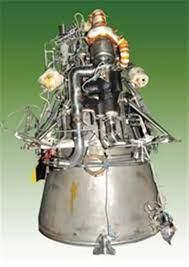

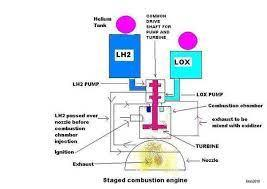
Solid engines are very good for a large thrust whereas liquid engines can be fired for more than 12-15 min and this can cover a large distance. Liquid engines can be stopped and restarted and give required ejection velocity. After travelling the required distance which can be 1000kms to 36000 kms if you do not eject with minimum 10kms / sec velocity, we will not have sufficient centrifugal force and satellite will start coming back to earth due to gravitational force. An object tied to rope and sustain revolution only when we move it fast and make it rotate. In this example rope is like gravitational force and moment our hand is passing on to object is the velocity that develops centrifugal force and as long as both rope and velocity is matched it stays in the orbit and if the balance is lost either rope will break or object will start descent and will come down straight and will stop.
In the second journey of the Yaan after getting ejected in to elliptical orbit is to improve the orbit by enlarging distance from earth surface and be ready to get out of earths gravitational force so that journey between earth to Moon will start. It is like cutting the rope and allowing object to experience only centrifugal force and get thrown out. Off course this has to been done in a controlled way and at right spot when moon is nearest to earth.



After this next stage is to enter in to moon gravitational force and have a smooth entry. While entering we need to maintain velocity and proper orbit. Yaan will be stabilized here in the 100km orbit and after identifying the right spot to land and making velocity adjustments using 25 thrusters mounted on the Yaan.
Then comes the last and important stage which will reduce the speed and start descent towards moon’s surface. During this face lot of sensors will be used to judge distance between moon’s surface and accordingly adjust velocity. Unlike a aircraft which has wide wings and 2deg landing on landing gears Yaan does not have any such facilities and technique used is to keep on reducing velocity by burning reverse thrusters or similar thrusters but during to take off it helps in increasing velocity.
Yaan has long legs with shock absorbing capabilities and also has parachute like structure to make it float. It is very difficult as we are going to perform this activity remotely on the surface of the moon which is roughly 3.84,000 kms from earth surface. We need to assume lot of parameters and provide AI in the onboard controls of the Yaan to take corrective actions if sensors are giving different conditions than planned.

Once we achieve soft landing, Rower on the lander will get activated and will slide from lander. Rower is planned to operate for 14 earth days or 1 moon day and during this activity it has many operations or activities to be performed. Rower will get power from solar energy and will send all the analysed data and photos to earth through RF communication system. This is all beyond imagination and we all shall be proud that India is able to do such complex operations in the 1/10 of the budget than any other country who has attempted so far.
Let us wait and pray that on 23/24 Aug ISRO will land successfully and Rower will perform all the experiments giving very valuable data to mankind. Success of this will boost our efforts to explore Sun and many other planets. If water is found on the moon , it can act as a space station and refuelling station for far large distance objects.

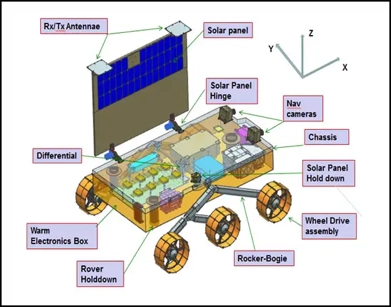
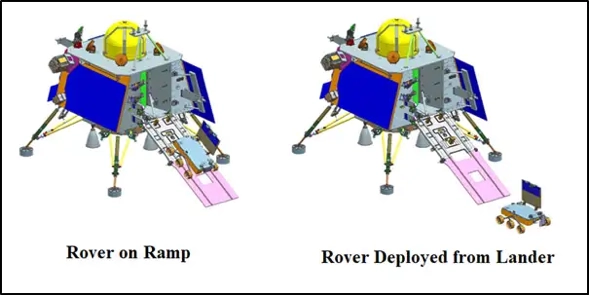
Mr. Surendra M Vaidya
Advisor – Technical, Godrej & Boyce Mfg. Co. Ltd.
Executive Vice President & Business Head,
Godrej Aerospace – Retired




